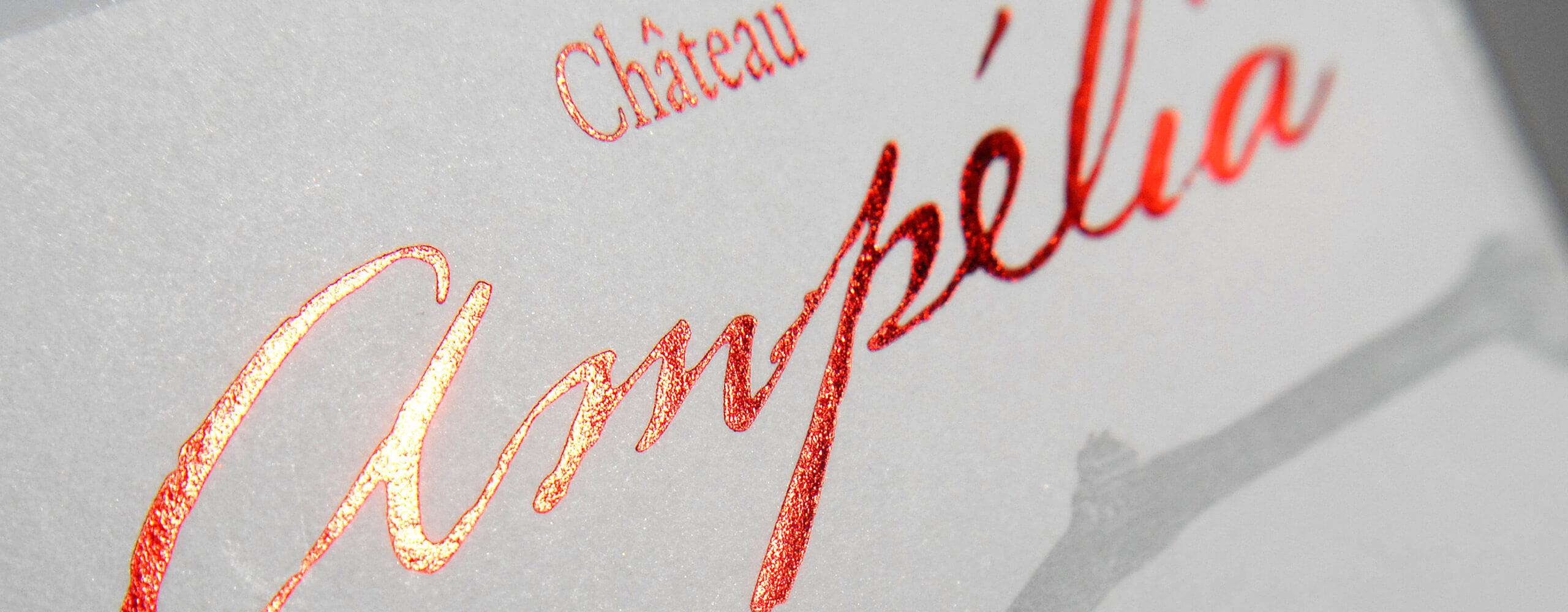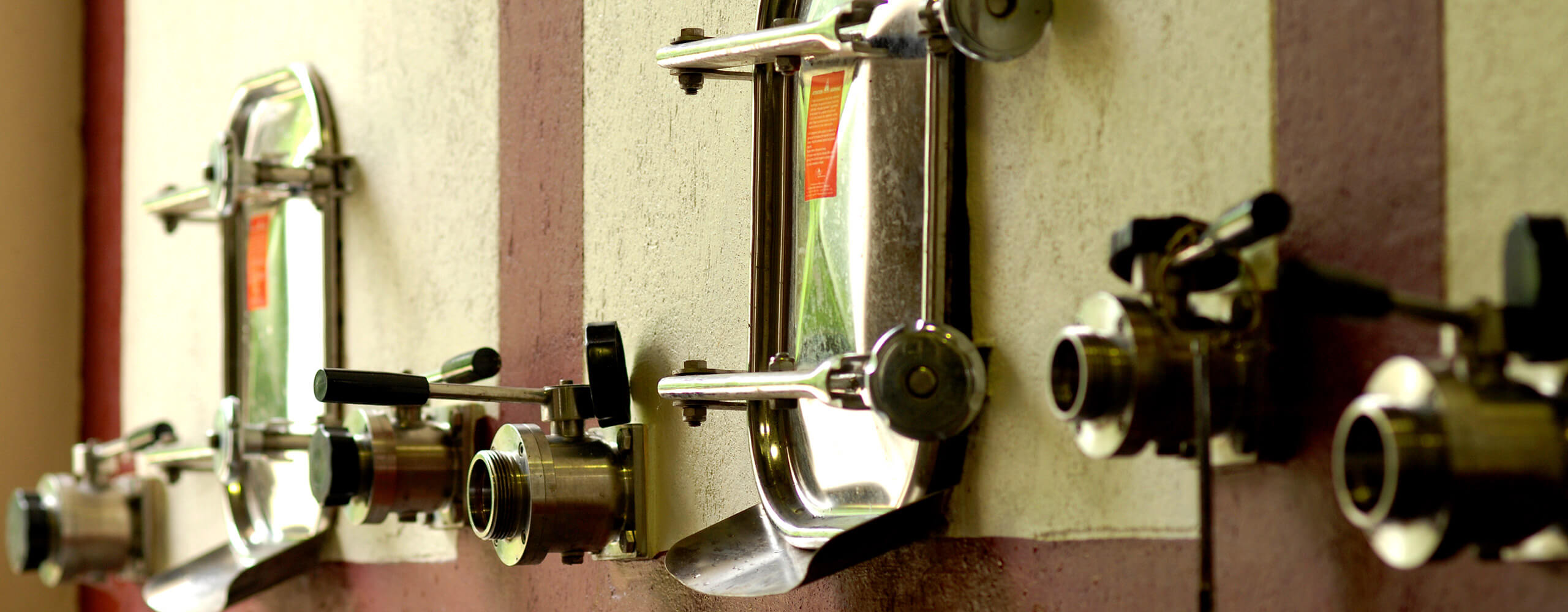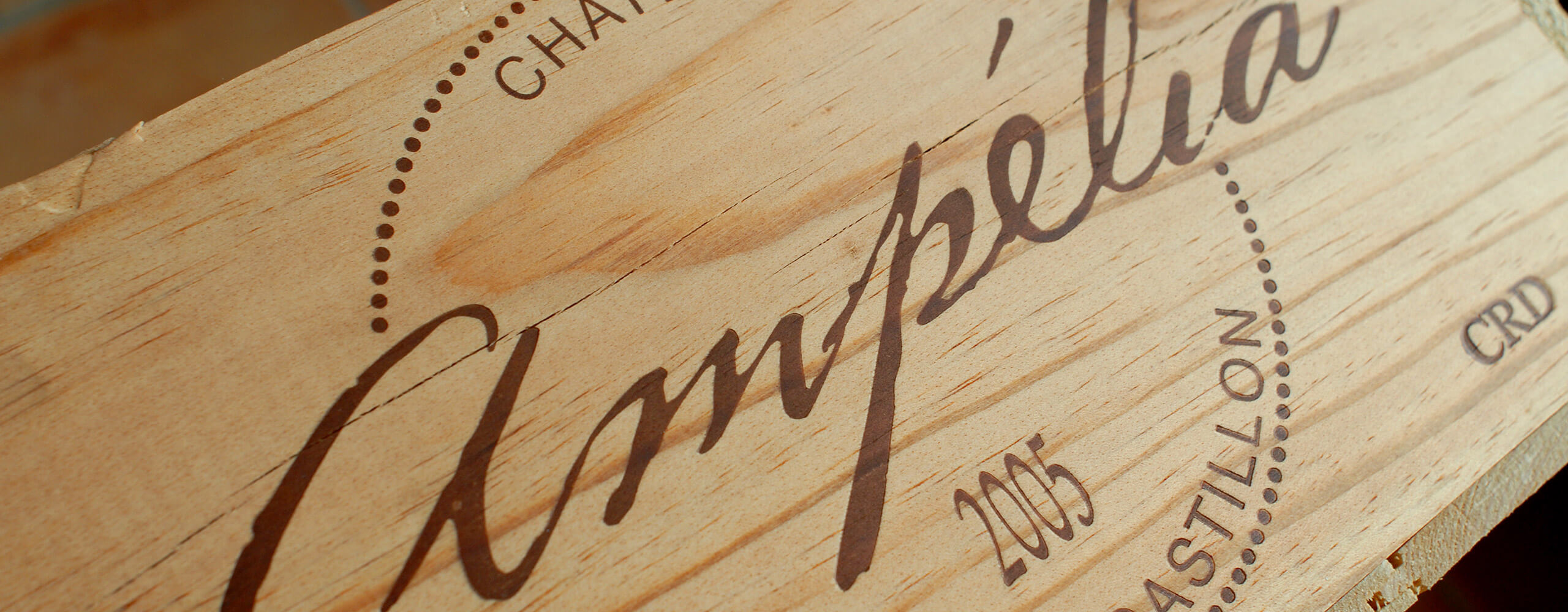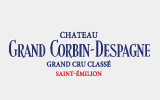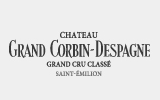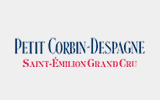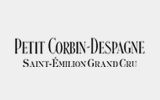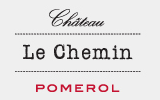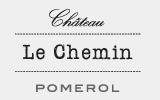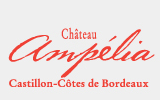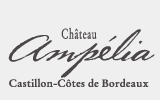The story of Ampélia is about a meeting, a challenge and a conviction.
In 1996, three years before acquiring the lands of Ampélia, François Despagne inherited the Grand Corbin-Despagne estate from his family, making it the seventh generation of his family at the helm of this Saint-Emilion property.
François then eagerly sought a new challenge and created a new vineyard –this time, not in Saint-Emilion, but in Castillon – Côtes de Bordeaux, the bordering appellation.

Ampelos, the vine
Having scanned the Castillon region, François Despagne was drawn to a special location where the vines overlooked the plateau of Saint-Philippe d’Aiguilhe, at 110 metres altitude, the highest point in the whole of the Bordeaux area. Quickly convinced of the potential of this terroir and the possibility of making great wines in the Castillon-Côtes de Bordeaux appellation, his mind was made up.
In 1999, François Despagne, alongside his wife Murielle, acquired around 5 hectares of vines there and from them they created their vineyard.
They named it Ampélia, from the Greek Ampelos (the vine), a nod to their passion –ampelology, and a fine tribute, since the result was a Grand Vin made from a blend of plots of old vines. “It’s not a cuvee”, insists François, “it’s simply the optimal quality we can get from this terroir”.
A personal challenge
For François Despagne, Château Ampélia was a real personal challenge.
He comes from a long line of Saint-Emilion wine growers going back to the 17th century (and perhaps even earlier, since the Despagne family presence in the area can be traced back to the 15th century). The family has owned Château Grand Corbin-Despagne since 1812, and so François Despagne was able to draw on his experience there to apply the same high standards of vine-growing to the terroir of Ampélia and develop a top quality growth in the area of Castillon.
However, while Grand Corbin-Despagne was an established family growth that had benefited from a savoir-faire passed down from generation to generation, Château Ampélia on the other hand needed to start from scratch. Nothing existed at the property apart from the vines. Everything else had to be created. Cellars needed building, a farm had to be set up, and a wine had to be perfected, in order to create a new story –the story of Ampélia.
The spirit of the terroir
The wines of Château Ampélia offer the freshness and mineral character that come from the limestone soils of Castillon in the Côtes de Bordeaux, where these wines thrive. They are even pleasant to drink young and can be very attractive for consumers who don’t like to wait for their bottles to age.
From the pruning to the harvesting, each necessary vineyard task (de-suckering, de-budding, removal of double shoots, de-leafing, crop thinning and shoot thinning) is performed in such a way that the highest quality grapes can be produced each year.
“The common thread that runs through my work as a wine grower is anticipation, respect and stability, in order to make the best wine possible in each vintage,” says François Despagne, who applies the same golden rules in each of his vineyards. “Through careful observation and decision-making throughout the whole of the growing season, I aim to produce a precise, well-defined wine that respects its terroir and its identity.”
Throughout every stage of the growing season, François Despagne demonstrates a deep respect for the terroir and its identity. Constantly attached to his land, he even chose to begin converting his vineyard in 2010 to certified organic status -a choice that reinforced his commitment to quality and high standards of vine growing.
Quality and uncompromising standards: from the harvesting to the bottling
Before the harvest, the berries are sampled on the vine, firstly by tasting and then by laboratory analysis. This enables us to determine when they will be perfectly ripe and ready to pick. While being manually harvested, the bunches are sorted in the vineyard. They are then sorted again at the cellars before being de-stemmed. The berries of the batches brought in from the vineyard’s different plots are transferred to the cellars into 6 temperature-controlled vats. Each lot is vinified according to its potential and monitored by close observation, analyses and tastings.
After maceration and running off, the lots are pre-blended and kept in the ageing cellar, which contains 60 barrels, a third of which are new. The wine ages in barrel for around 12 months depending on the lots and the vintage. The final blending is then carried out. The bottling is done 21 months after the harvest.
General technical data
-
Name of the owners
Murielle and François DespagneName of the winemaker
François DespagneSurface area of the vineyard
4,75 hectaresSoil type
Clay-limestone over limestone rockGrape composition
80 % Merlot, 20 % Cabernet FrancAverage age of the vines
26 yearsVine-growing methods
Ploughing or a grass cover crop without any use of weedkillers.
The vineyard is organically-grown and supervised as such by Qualisud. “Organic Wine” status was officially granted in 2018.Vinification
Once harvested, the grapes are sorted, first in the vineyard and then at the cellars. They are then transferred to small fermentation vats in which each lot is vinified according to its potential (age, terroir and grape variety). The maceration lasts 4 weeks on average.
The lots are next run off into barrels for the malo-lactic fermentation. The skins are pressed in a vertical hydraulic press. -
Ageing
Mostly in barrel, in equal proportions of new, second-fill and third-fill barrels. The barrel ageing process lasts 12 to 18 months.Average production
30,000 bottlesAgeing potential in bottle
This wine can be enjoyed young after decanting. However, it has an ageing potential of 10 years depending on vintages.
A brief history
François Despagne comes from a Saint-Emilion family going back to at least the beginning of the 17th century. He is the owner of Château Grand Corbin-Despagne and alongside his wife Murielle invested in the Côtes de Castillon appellation in 1999, convinced of its terroir’s great quality potential.

